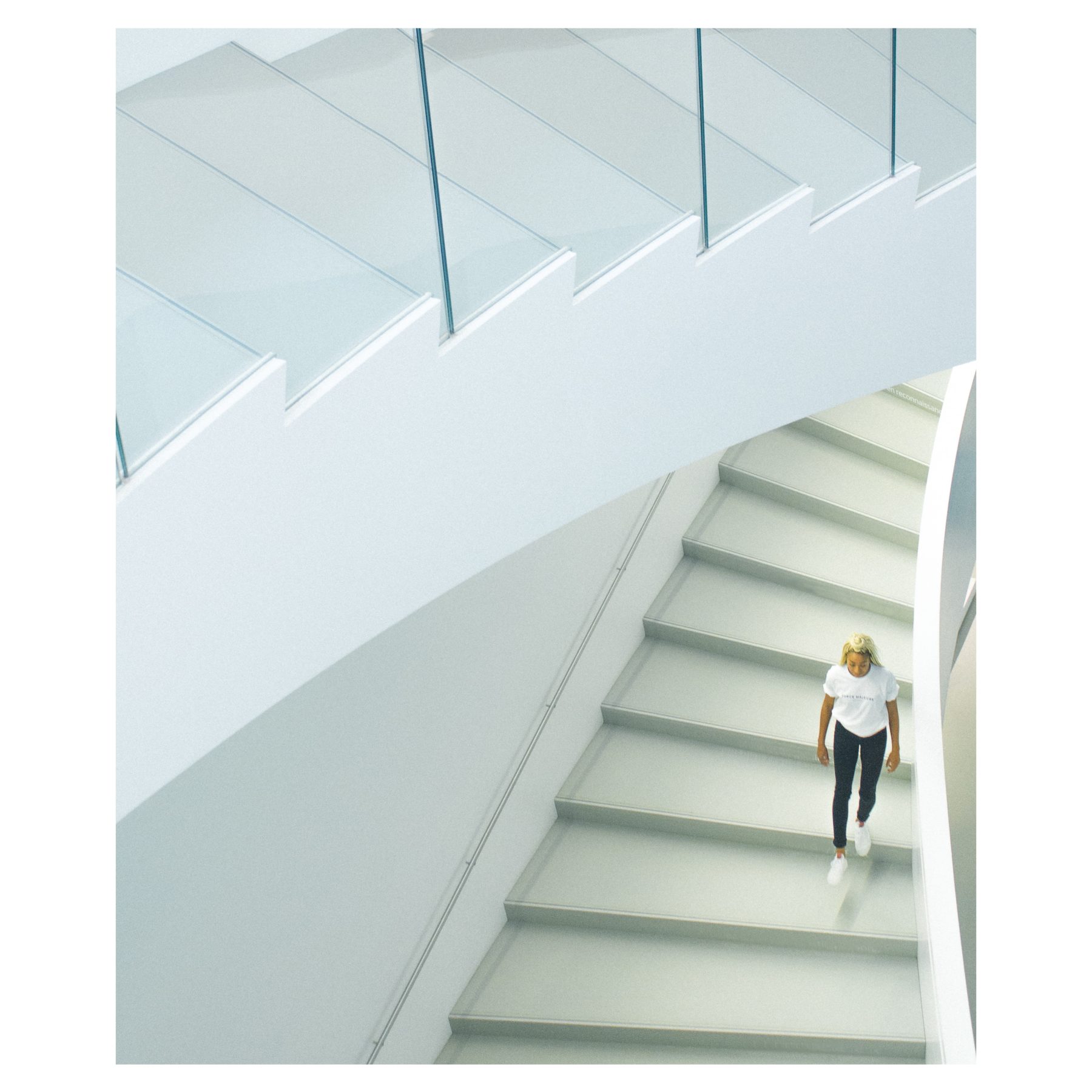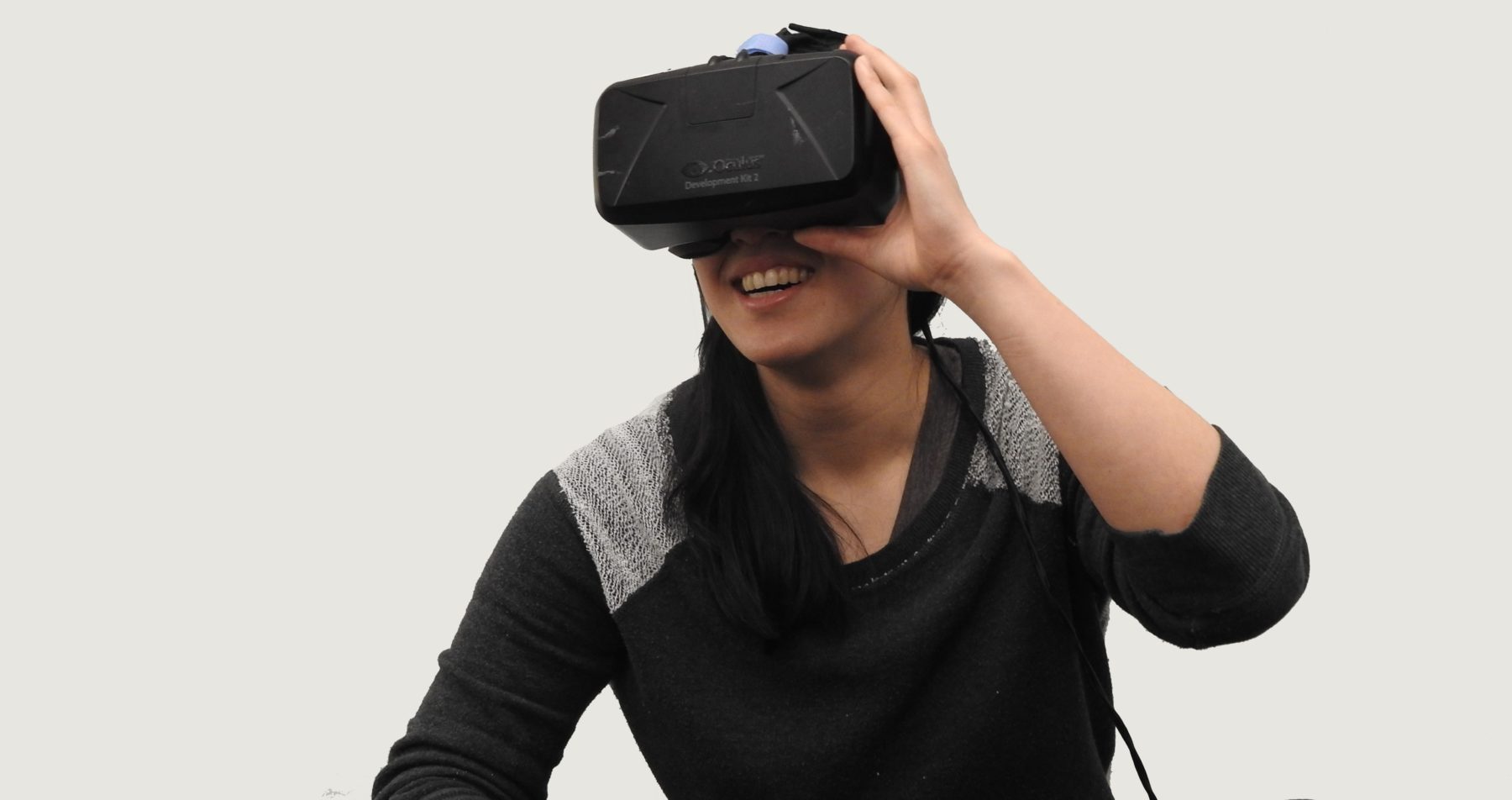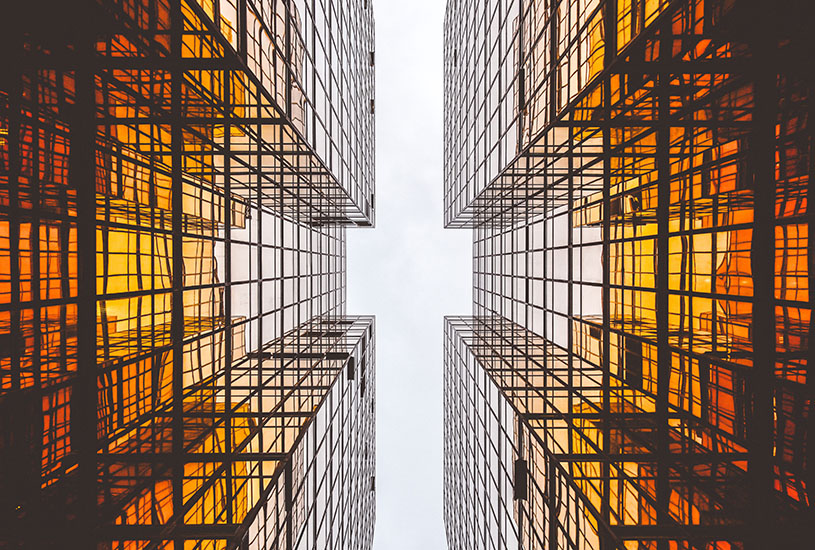How close are we to figuring out if buildings shape our emotions? We explore the complexities of measuring human emotion and the subjectivity of lived experience.
All human experience needs a stage, and ours happens to be the spaces we exist in.
From the room we’re born in, to the share house we lived in, we have grappled with what it means to feel in these spaces. And how these environments are designed could impact our emotions more than we think.
Audre Lorde wrote, “Our feelings are the most genuine paths to knowledge.”

If we take that as truth, then where we sleep, work, grow and heal could help us understand the world around us.
With blueprints in tow, designers and architects have the potential to create emotive worlds.
But how does design affect us?
So, how is design working to better our lives? It’s called environmental enrichment (EE). From the shape of a door to the amount of light in a space, places might be moulding us to work and live well.
For our mental state, the implications are staggering. Through clever, enriching design, we could find improved performance on learning and memory tasks or even delayed disease onset.
PhD candidate Isabella Bower at Deakin University – supported by the School of Architecture and Built Environment and the School of Psychology – hopes to prove that the design of a space, one of the many factors of environmental enrichment, affects us all.
It’s got heart.
But emotion is a fickle building block. Researchers have been asking if buildings make people have a positive experience, but relying on anecdotal testimonials means the ‘evidence’ is hard to quantify.
What we do know is that the environments we go in and out of are leaving a mark.

“Our evaluation of architectural space has always been highly subjective; biased by our own experiences and preferences.”
“While in a limited capacity we can subjectively say if a building has a positive effect, what we’re lacking is an objective proven method for measuring emotional response to our built environments,” Ms Bower explains.
And so, it’s a matter of bringing subconscious thoughts to the forefront.
To do this, Ms Bower is fusing knowledge of design and neuroscience to track how our body ‘feels’ in an environment in relation to the scale of a space. They say the real world is unpredictable—so how can it be done?
Virtual reality has some ideas.
Virtual reality – it’s research done well
Patented in the 1960s, virtual reality is only growing in its capabilities.
As a research tool, it can help eliminate the unpredictability of real life. Bower’s research uses the Cave Automated Virtual Environment (CAVE) where users wear a pair of stereoscopic glasses to see imagined landscapes and spaces.
“The VR CAVE enabled me to show multiple conditions in the one experiment without having to physically construct life-size rooms and move the participant between them all.”
“While we rendered each built environment scene to look realistic (through lighting, texture etc), it is still virtual reality.
“If the time and resources were available, building prototype rooms to see if the same effect is experienced would be an interesting follow-up study,” Ms Bower notes.

It’s clear that immersive experiences such as this might not be ‘the real deal’, but are still valuable to understanding how we respond emotionally.
Hooked up to wires galore, with heart rate monitors and brain data on show, they can then track the physiological response occurring in a person’s body.
Even better, this autonomic activity can show how people respond to the scale of a space.
It’s design driven by the body.
It’s early days, but the use of virtual reality could be a way toward developing a consistent, reproducible method to answer the big question: do buildings affect our emotions?
Of course, it’s their concrete purpose; to not only home but hold us as well.
Building for good
Beyond innovative ways to ‘do’ research, creating places for people is ultimately an ethical endeavour.
It’s about making new environments for life to grow.
“Good designers have the end-user front of mind, planning their experiences as they design the space.”
From the brief to the cutting of the ribbon, the people these spaces are made for should be championed.
“When a building has been designed well, the intention is articulated in the built form and this matches the intention for the space (which should be informed by the users of the environment),” Ms Bower explains.

And so, the environments we spend the majority of our time in, our homes and workplaces, should be designed on the principle of improving the occupant’s experience and health.
“Designing spaces which result in positive emotions would make sense.”
Architects and designers have always been looking to nurture people; to design spaces that tap into deep-rooted sentiments and bring them into the light.
From the urbanity of inner-city Melbourne to a polar research base, they’ve soared towards improved modern wellbeing.
Now, it’s not only about building well but creating heartfelt spaces for us to be human in.
Interested? If you want to hear more about Isabella’s research check out Architecture with Feeling.



